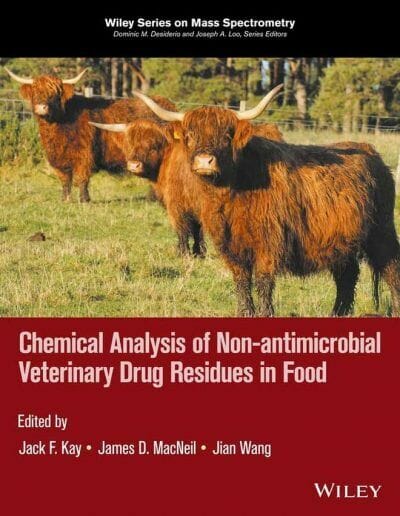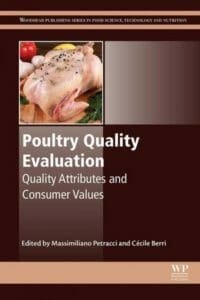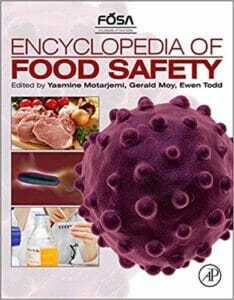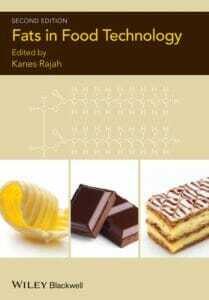Preface xix
List of Contributors xxi
About the Editors xxv
1 Basic Considerations for the Analyst for Veterinary Drug Residue Analysis in Animal Tissues 1
James D.MacNeil and Jack F. Kay
1.1 Introduction 1
1.2 Pharmacokinetics 1
1.3 Metabolism and Distribution 3
1.4 Choice of Analytical Method 5
1.5 Importance of Regulatory Limits 7
1.6 International Obligations for Regulatory Analytical Laboratories 13
1.7 Conclusions 21
2 Emerging Techniques in Sample Extraction and Rapid Analysis 27
Wendy C. Andersen, Sherri B. Turnipseed, and Jack J. Lohne
2.1 Introduction 27
2.2 Sample Extraction 28
2.3 Extract Clean-up with Solid-Phase Sorbents 34
2.4 Micro-extraction Techniques for Solvent and Sorbent Extraction 47
2.5 Emerging Techniques in Liquid Chromatography 54
2.6 Direct Mass Spectrometry Analysis of Sample Extracts 57
2.7 Ion Mobility Spectrometry 66
2.8 Conclusions 67
3 Capabilities and Limitations of High-Resolution Mass Spectrometry (HRMS): time-of-flight and Orbitrap 93
Anton Kaufmann and Phil Teale
3.1 Available Technology 93
3.2 Capabilities and Limitations of the Technology as Compared to LC-MS/MS (Tandem Quadrupole Mass Spectrometer) 104
3.3 Analytical Methods for Veterinary Drug Residues 112
3.4 Doping Control 121
3.5 Accurate Mass MS in Research and Metabolism Studies 124
3.6 Designer Drugs and Generic Detection Strategies 125
3.7 The Future of Accurate Mass Spectrometry in Residue Analysis 129
4 Hormones and β-Agonists 141
Leendert A. van Ginkel, Toine Bovee, Marco H. Blokland, Saskia S. Sterk, Nathalie G.E. Smits, Jelka Pleadin and Ana Vulíc
4.1 Introduction 141
4.2 Advances in Classical Analysis of Exogenous Synthetic Hormones 143
4.3 Bio-Based Screening Methods for Steroid Hormones, β-Agonists, and Growth Hormones 161
4.4 Natural Hormones 180
4.5 Control for Synthetic β-Agonists: Screening and Confirmatory Methods 199
5 Analysis of Anthelmintic and Anticoccidial Drug Residues in Animal-Derived Foods 245
Sarah Tuck, Ambrose Furey and Martin Danaher
5.1 Introduction 245
5.2 Chemistry and Mode of Action 246
5.3 Legislation 258
5.4 Sample Preparation Protocols for Anti-parasitic Agents in Food Matrices 264
5.5 LC-MS and GC-MS Detection of Anti-parasitic Agents in Food 275
5.6 Conclusions 292
6 Sedatives and Tranquilizers 311
Vesna Cerkvenik Flajs and James D. MacNeil
6.1 Introduction 311
6.2 Classification and Representative Compounds 312
6.3 Use of Sedatives and Tranquilizers to Prevent Stress Syndrome during the Transport of Pigs to Slaughter 312
6.4 Sedatives and Tranquilizers with an Approved Veterinary Use in Food-Producing Animals 314
6.5 Sedatives and Tranquilizers without an Approved Veterinary Use in Food-Producing Animals 325
6.6 Cocktails 335
6.7 Issues of Environmental Contamination 335
6.8 Maximum Residue Limits (MRLs) 336
6.9 Systematic Veterinary Control over Residues and Surveillance Studies 336
6.10 Analyte Stability 339
6.11 Analytical Methods for Determination of Residues 340
6.12 Performance and Validation of the Analytical Methods 361
7 The Use of Pyrethroids, Carbamates, Organophosphates, and Other Pesticides in Veterinary Medicine 383
Christine Akre
7.1 Introduction 383
7.2 Veterinary Drug Properties, Structures, and Regulation 386
7.3 Toxicology, Pharmacokinetics, and Metabolism 399
7.4 Analytical Methods 403
7.5 Conclusion 414
8 Non-steroidal Anti-inflammatory Drugs 427
Joe O. Boison, Fernando J. Ramos and Alan Chicoine
8.1 Introduction: What Are Pain Killers (Analgesics) and NSAIDs? 427
8.2 Veterinary Drug Properties, Structures, and Regulation 441
8.3 Pharmacokinetics/Metabolism 442
8.4 Acceptable Daily Intake (ADI) 444
8.5 Maximum Residue Limits/Tolerances 445
8.6 Analysis of NSAID Residues in Food 448
8.7 Literature Reviews of Analytical Methods for NSAIDs in Biological Samples 474
8.8 New Developments in NSAIDs 475
8.9 Conclusion 476
9 Certain Dyes as Pharmacologically Active Substances in Fish Farming and Other Aquaculture Products 497
Eric Verdon and Wendy C. Andersen
9.1 Introduction 497
9.2 Therapeutic Applications and Chemistry of Certain Dyes Used in Fish Farming 500
9.3 Toxicological Issues 506
9.4 Regulatory Issues 509
9.5 Analytical Methods for Residue Control 511
9.6 Recent Trading Issues with Dye Alerts 526
9.7 Conclusions 531
10 Method Validation and Quality Assurance/Quality Control Approaches for Multi-residue Methods 549
Andrew Cannavan, Jack F. Kay and Zora Jandríc
10.1 Introduction 549
10.2 Sources of Guidance on Method Validation 550
10.3 Practical Considerations 557
10.4 Examples of Validation Protocols for MRMs 561
10.5 Quality Assurance/Quality Control 565
10.6 Conclusion 569
Index 575















![Ettinger’s Textbook of Veterinary Internal Medicine 9th Edition [PDF+Videos] Ettinger’s Textbook of Veterinary Internal Medicine 9th Edition [True PDF+Videos]](https://www.vet-ebooks.com/wp-content/uploads/2024/10/ettingers-textbook-of-veterinary-internal-medicine-9th-edition-100x70.jpg)

![Textbook of Veterinary Diagnostic Radiology 8th Edition [PDF+Videos+Quizzes] Thrall’s Textbook of Veterinary Diagnostic Radiology, 8th edition PDF](https://www.vet-ebooks.com/wp-content/uploads/2019/09/textbook-of-veterinary-diagnostic-radiology-8th-edition-100x70.jpg)






